Kenya's
culture is vibrant, multifaceted, and deeply embedded in its historical roots, traditions,
and heritage. Here are some key aspects of Kenya's culture:
 Traditional Clothing and Attire:
Kenya’s traditional attire varies among its numerous ethnic groups. The Maasai are renowned for
their bright red shukas and elaborate beadwork. Kikuyu women traditionally wear the Nyathira
shawl. Along the coast, the Swahili people wear colorful kangas and kikois. Each group’s attire
reflects their cultural identity and environmental adaptation.
Traditional Clothing and Attire:
Kenya’s traditional attire varies among its numerous ethnic groups. The Maasai are renowned for
their bright red shukas and elaborate beadwork. Kikuyu women traditionally wear the Nyathira
shawl. Along the coast, the Swahili people wear colorful kangas and kikois. Each group’s attire
reflects their cultural identity and environmental adaptation.
 Language and Literature:
Kenya is home to over 60 languages, with Swahili and English as the official languages. The
country's literary scene is rich, with notable authors like Ngũgĩ wa Thiong'o, whose works
address themes of colonialism and national identity. Oral literature, including folktales,
proverbs, and songs, plays a significant role in cultural preservation.
Language and Literature:
Kenya is home to over 60 languages, with Swahili and English as the official languages. The
country's literary scene is rich, with notable authors like Ngũgĩ wa Thiong'o, whose works
address themes of colonialism and national identity. Oral literature, including folktales,
proverbs, and songs, plays a significant role in cultural preservation.
 Music and Dance:
Kenyan music and dance are lively and diverse, reflecting its ethnic variety. Traditional music
includes instruments like drums, flutes, and the nyatiti. The Luo's Ohangla dance and the
Kikuyu's Mwomboko dance are prominent traditional dances. Modern genres such as Benga and Genge
mix traditional rhythms with contemporary sounds, resonating widely among Kenyans.
Music and Dance:
Kenyan music and dance are lively and diverse, reflecting its ethnic variety. Traditional music
includes instruments like drums, flutes, and the nyatiti. The Luo's Ohangla dance and the
Kikuyu's Mwomboko dance are prominent traditional dances. Modern genres such as Benga and Genge
mix traditional rhythms with contemporary sounds, resonating widely among Kenyans.
 Ceremonies and Festivals:
Kenyan ceremonies and festivals highlight its cultural richness and diversity. The Maasai
celebrate Eunoto, a significant warrior initiation ceremony. The Kikuyu community marks the
harvest with Thahu celebrations. National holidays like Madaraka Day and Jamhuri Day commemorate
key moments in Kenya's journey to independence. Events like the Lamu Cultural Festival showcase
traditional arts, music, and dance, celebrating Kenya’s heritage.
Ceremonies and Festivals:
Kenyan ceremonies and festivals highlight its cultural richness and diversity. The Maasai
celebrate Eunoto, a significant warrior initiation ceremony. The Kikuyu community marks the
harvest with Thahu celebrations. National holidays like Madaraka Day and Jamhuri Day commemorate
key moments in Kenya's journey to independence. Events like the Lamu Cultural Festival showcase
traditional arts, music, and dance, celebrating Kenya’s heritage.
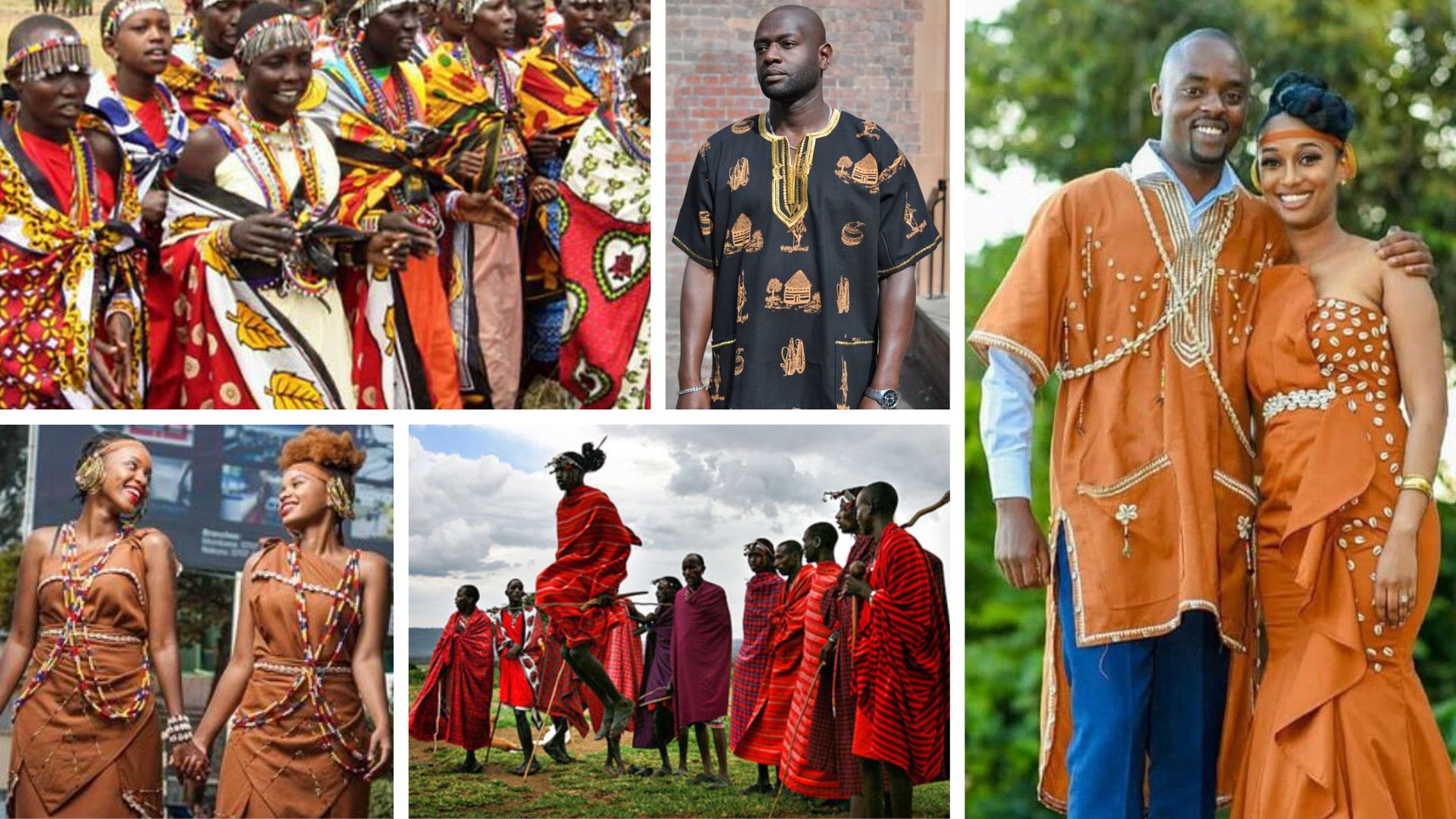
Kenya Clothing
Kenya's traditional clothing is a vivid tapestry of colors, patterns, and styles, each representing the rich cultural heritage of the country's diverse ethnic groups. The Maasai people are famous for their bright red shukas, which are versatile garments often wrapped around the body, and their intricate beadwork, including necklaces, bracelets, and earrings, each carrying symbolic meanings. The Kikuyu women traditionally wear a garment called the Nyathira, a shawl adorned with decorative patterns. Coastal communities, such as the Swahili, wear kangas and kikois, lightweight and colorful cloths that are wrapped around the waist or draped over the shoulders. In the northern regions, the Turkana people wear leather skirts and elaborate beaded necklaces. These traditional attires not only reflect the environmental and lifestyle needs of each group but also their unique cultural identities and traditions.
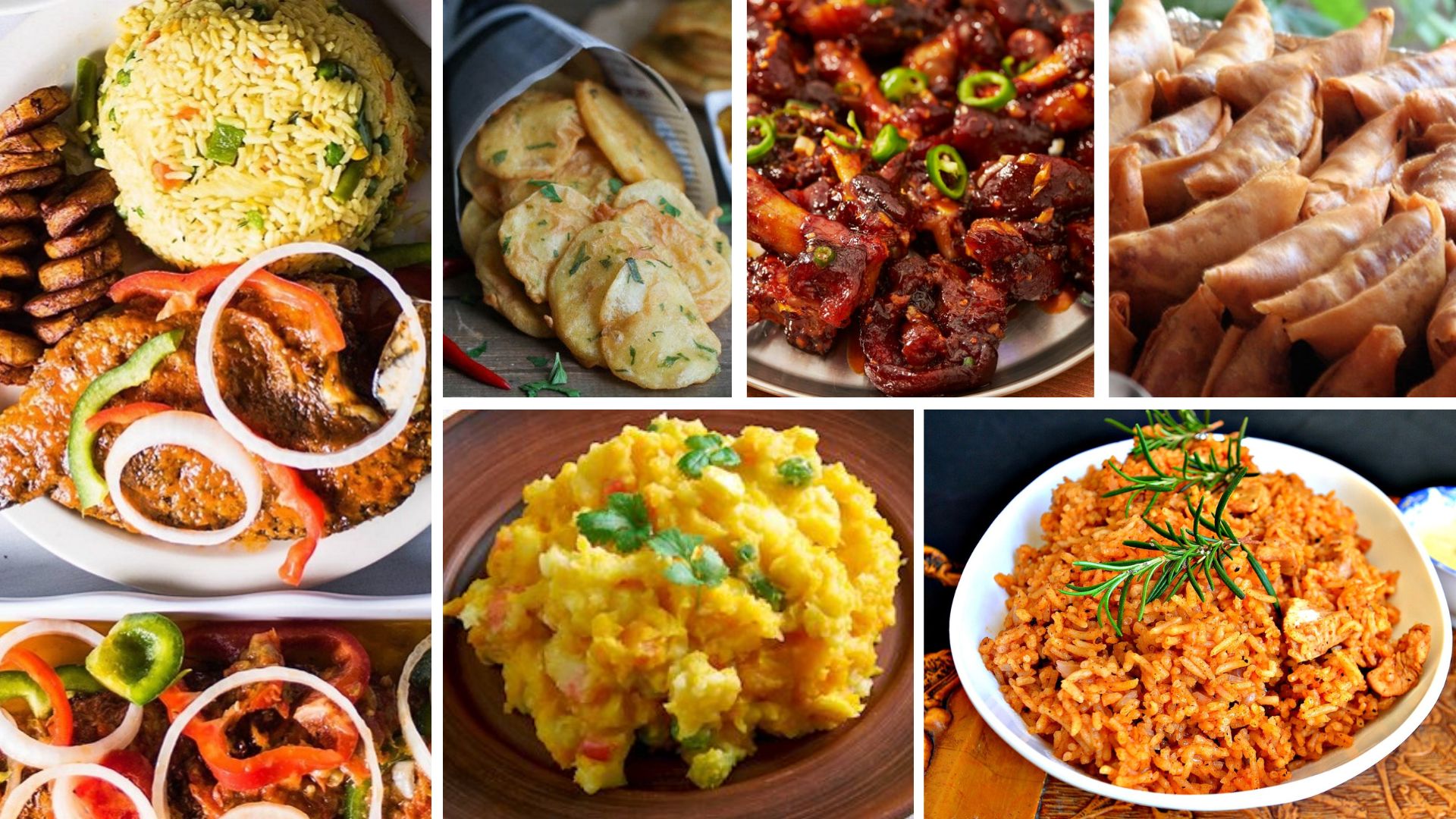
Kenya Food
Kenyan cuisine is a delightful blend of flavors, reflecting the country's ethnic diversity and rich agricultural heritage. Staples include maize, beans, and potatoes, forming the base of many dishes. Ugali, a dense maize porridge, is a national staple, often served with sukuma wiki (collard greens) and nyama choma (grilled meat). Coastal cuisine features Swahili influences, with dishes like pilau (spiced rice) and biriani being popular. Seafood is abundant along the coast, with coconut milk and exotic spices enhancing the flavors. In the highlands, irio (mashed peas and potatoes) is a traditional Kikuyu dish. Street food like samosas, mutura (African sausage), and mandazi (sweet fried dough) offer quick, tasty bites. Kenyan cuisine is a reflection of its vibrant culture, offering a diverse and flavorful culinary experience.
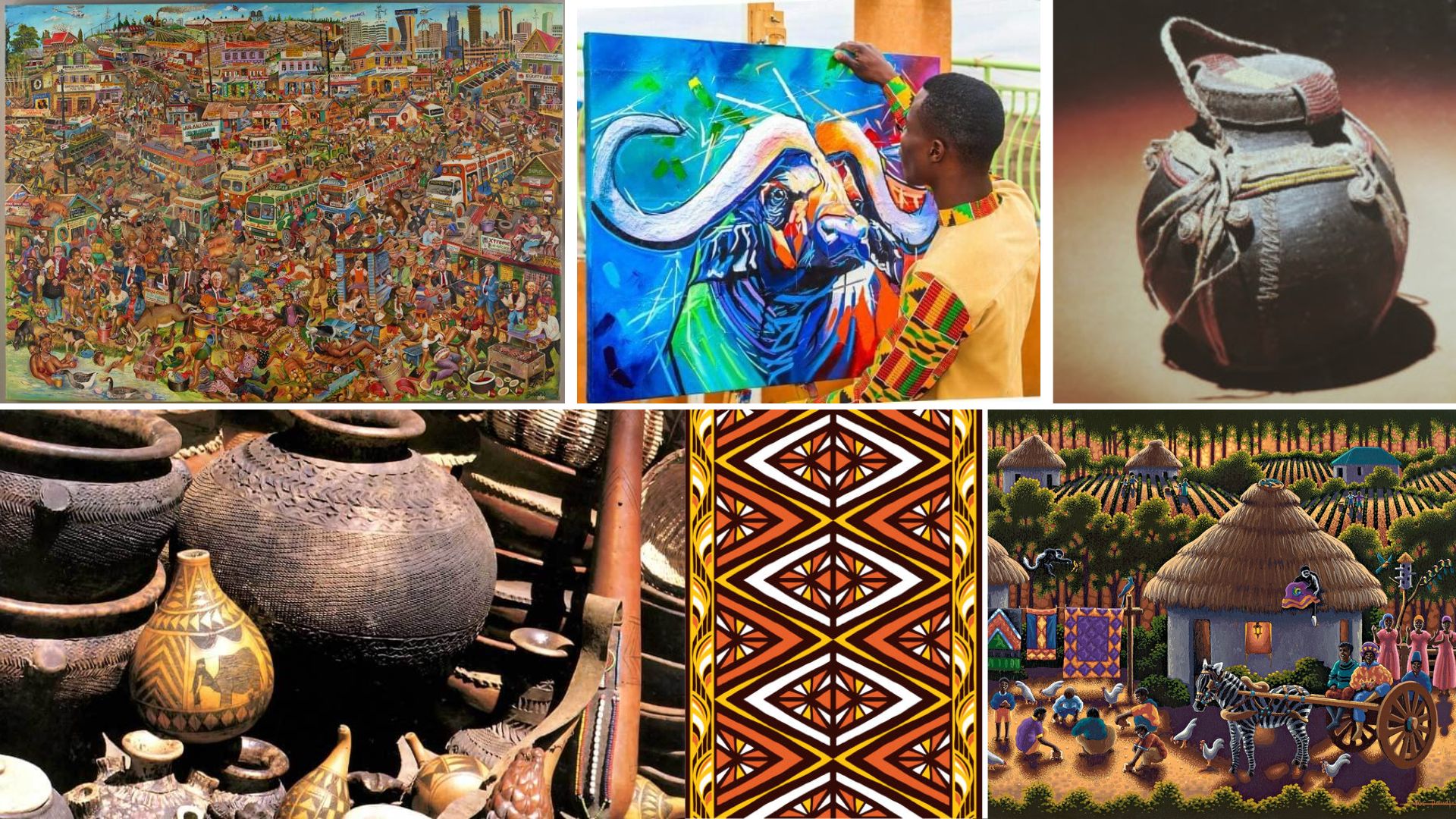
Kenya Art
Kenya's arts and crafts are a vibrant reflection of its cultural diversity and rich heritage. Traditional crafts include intricate beadwork, particularly by the Maasai, who create beautiful necklaces, bracelets, and earrings that often carry cultural significance. The Kikuyu are known for their skilled wood carving, producing items such as masks and statues that depict various aspects of their mythology and daily life. Along the coast, the Swahili people excel in creating finely woven baskets and mats, as well as ornate woodwork seen in the famous Lamu doors. Kenya is also renowned for its soapstone carvings from the Kisii region, where artisans create detailed sculptures and functional items. In contemporary arts, Kenyan painters and sculptors like Michael Soi and Magdalene Odundo have gained international recognition, blending traditional themes with modern techniques.
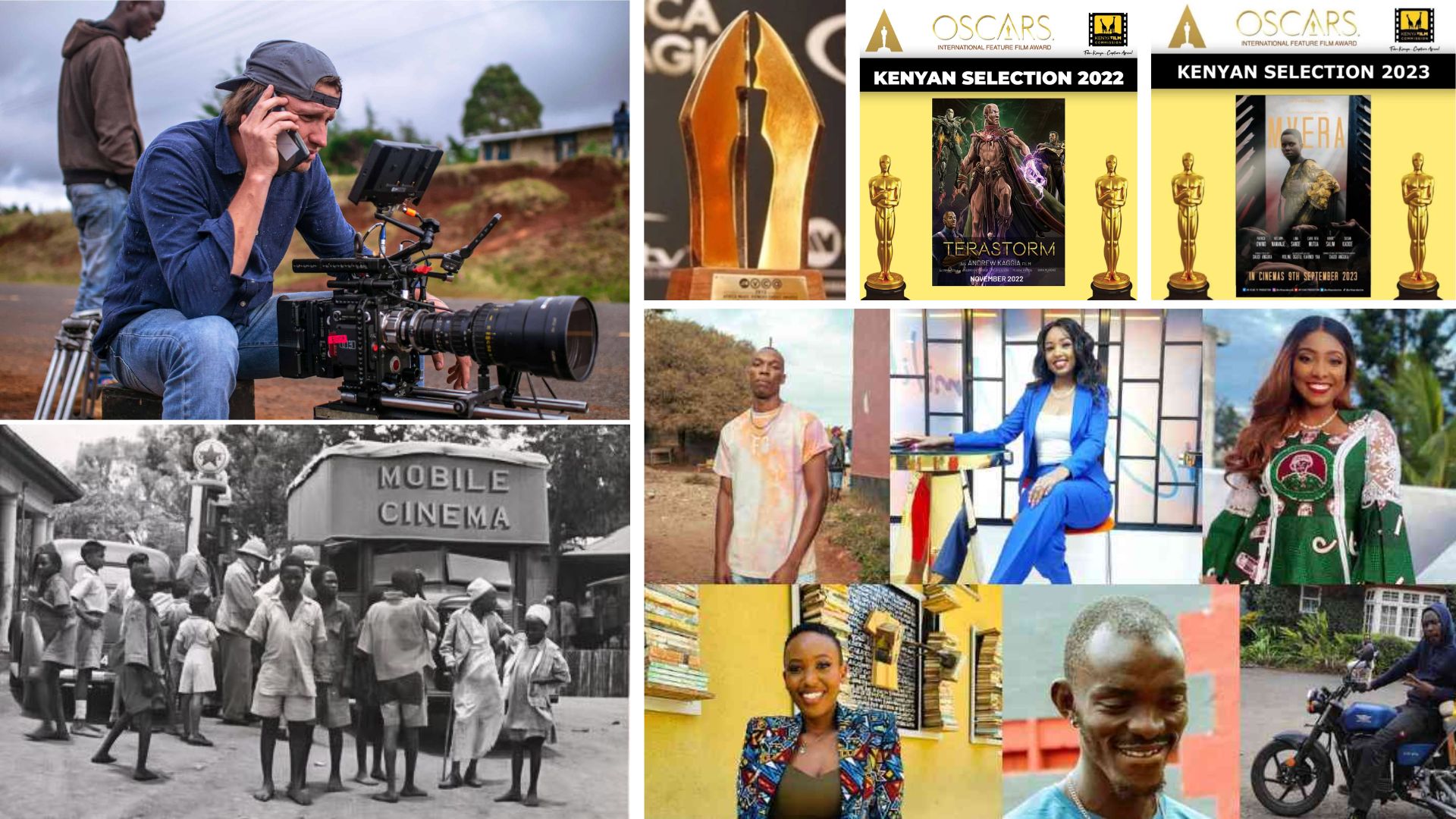
Kenya Film Industry
The Kenya film industry, often referred to as "Riverwood," has experienced significant growth over the past few decades. Known for its diverse and vibrant storytelling, the industry produces films that reflect Kenya’s rich cultural heritage, social issues, and contemporary life. Prominent filmmakers like Wanuri Kahiu, who directed the internationally acclaimed film "Rafiki," are bringing Kenyan stories to a global audience. Nairobi, the country’s capital, serves as the hub for film production, hosting numerous studios, production houses, and the annual Kalasha International Film and TV Awards. The Kenya Film Commission actively supports the industry by promoting local talent, facilitating training programs, and attracting international collaborations. Despite challenges such as limited funding and infrastructure, the Kenyan film industry continues to thrive, showcasing the creativity and resilience of its filmmakers.
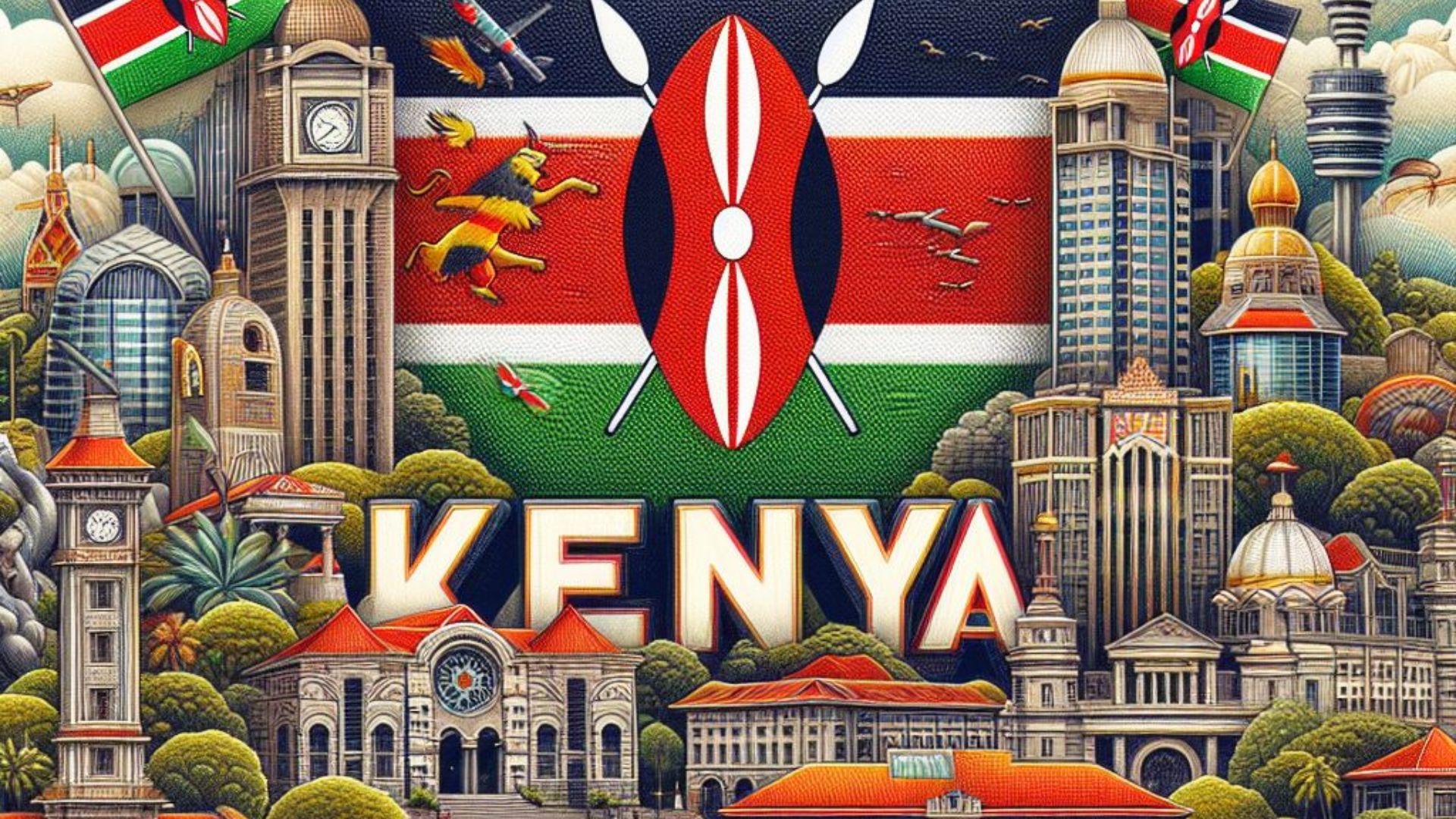
Kenya Economy
Kenya, located in East Africa, boasts one of the most dynamic economies in the region. With a
diverse economic structure, Kenya has leveraged its strategic location, robust infrastructure,
and vibrant human capital to become a pivotal player in East African trade and development. This
essay delves into the various sectors, challenges, and future prospects of the Kenyan economy.
Textile and Garment Industry, Mining, Telecommunications
Tourism, Financial Services, Manufacturing, Agriculture, Renewable Energy.